2001 Aprilia Scarabeo 150 - Motorcycle.com
Torrance, California, May 17, 2001
We must be getting old over here at MO. Or maybe we're just becoming excessively practical lately, what with gas prices sneaking ever closer to the big three-dollar mark.
Maybe it's our fault, though. Instead of wasting away our collective youth on race bikes, big trucks and chasing some rather large women, our time might have been better spent if we'd hugged a few more trees and saved a few more lizards. Maybe then we wouldn't be looking so hard at all these scooters that are coming down the pipeline lately.
But, then again, just because something gets good gas mileage and looks like a scooter doesn't mean it is a scooter. Or does it? Aprilia bills its Scarabeo 150 as a "motorcycle with an automatic transmission" and "the agility of a scooter." So we had to find out if Aprilia was correct, especially after becoming scooter nuts since falling for Yamaha's zippy little Vino a while back.
The single-beam, double rear cradle frame is stiff enough, although with aggressive riding, you'll notice some flexing of the front end. The single cylinder, liquid-cooled engine is smooth and delivers power via a centrifugal clutch and variable belt transmission. Air and fuel come together through a Keihin CVK carburetor and is ignited by electronic ignition.
However, what sets the Scarabeo apart from normal scooters, and further blurs the scooter/motorcycle line are its two large wheels. The 100/80 front tire rides on a 2.5 x 16 inch rim and is separated from the rest of the bike via 35 mm conventional forks with 110 mm of travel. The 130/80 rear tire snuggles its beads within a 3 x16 inch rim that is affixed to the chassis by way of a dual sided-swingarm. Both rims are of the five-spoke alloy variety. Hardly scooter like, these wheels allow the Scarabeo to have the smooth handling of a full size bike, while still maintaining its "scooter" edge.
The swingarm implements a preload-adjustable mono-shock setup and has 110 mm of suspension travel, just like the front. The left arm (as viewed from the back of the bike) houses the belt and transmission, while the right side is there for additional support -- and some stuff.
More by Motorcycle Online Staff



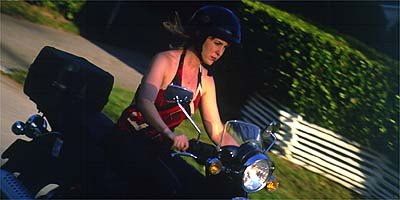



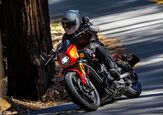
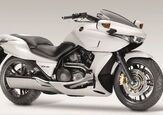
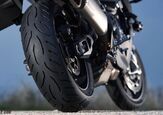
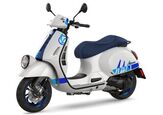
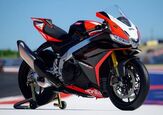

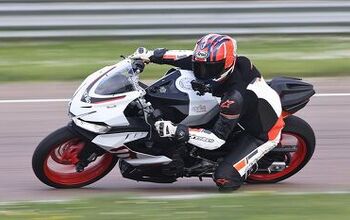
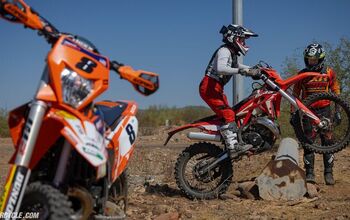
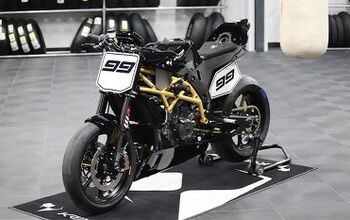
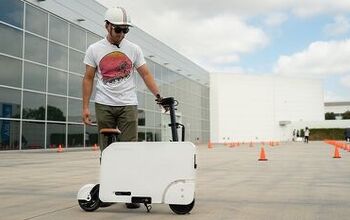
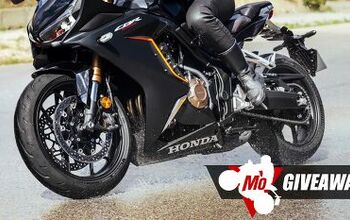
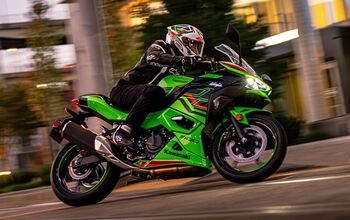
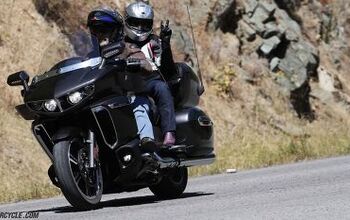
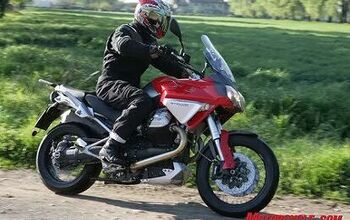
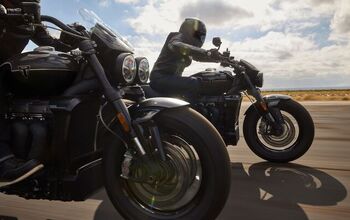
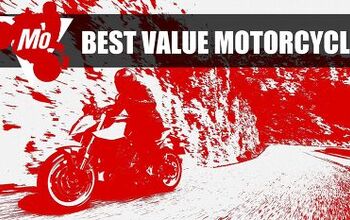
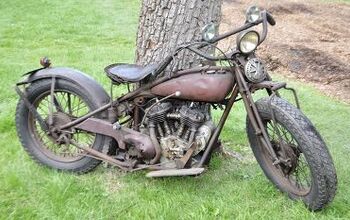
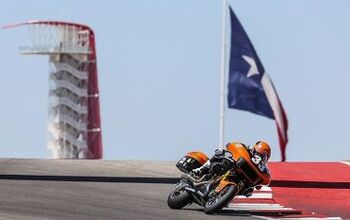


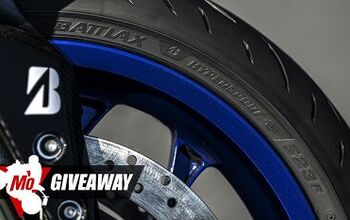
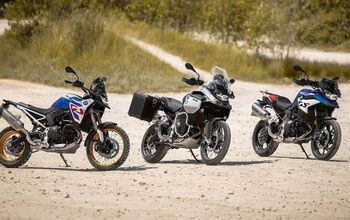
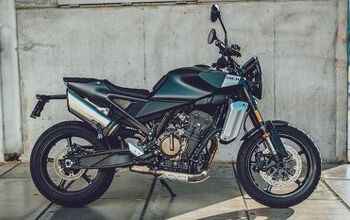
Comments
Join the conversation